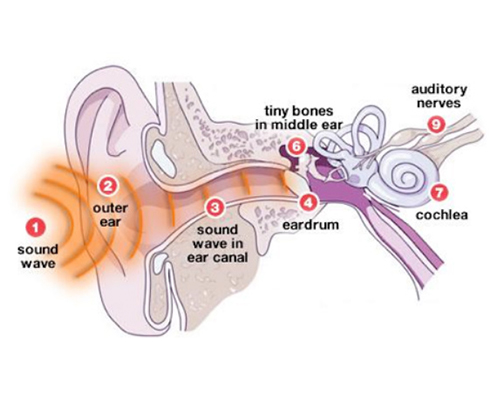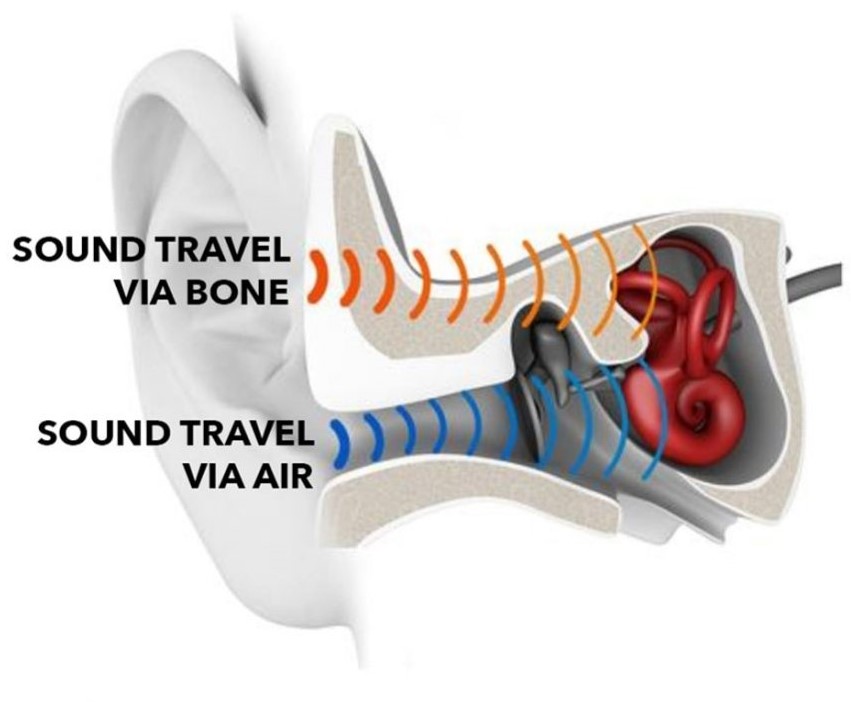Microtia can be associated with aural atresia, where the ear canal has also not developed normally. This results in a conductive hearing loss but in most cases the inner ear function is normal.

It is possible to provide a bone conduction hearing device that uses the skull to conduct sound to the inner ear and potentially overcome these hearing difficulties. If both ears are affected, then at least one bone conduction hearing device will be essential in order to access sound and hearing. Some children with only one ear affected may also benefit.
This possibility will be discussed with you by the Ear Reconstruction team, but is likely to already have been introduced to you by your local audiology team.
In order to determine if this might be of benefit to your child, further assessments will be necessary. This will include comprehensive hearing testing and the use of questionnaires to evaluate the impact of any hearing loss on auditory development and day to day listening in different environments. It may also involve liaison with specialist teachers, and speech and language therapists.
A bone conduction hearing device can be worn for a trial period to establish if this is of benefit. Usually this would be provided on an elasticated band placed around the head (‘Softband’), but there are other devices which may be preferable to some patients. More information on external bone conduction hearing devices can be found on the Hearing Devices page.

If the bone conduction hearing device is found to help, then a permanent, surgically implanted device might then be considered. A CT scan of the middle ears would then be arranged to help us work out which type of implanted device would be best. A number of devices are available but not all are suitable for every patient. More information on implanted bone conduction hearing devices can be found on the Hearing Devices page.
It is also important to consider the best timing for a surgically implanted device, particularly if reconstruction of the outer ear is being considered. It is crucial that any device is worn consistently and that follow up appointments are attended (this will involve attending clinic in Edinburgh).
The Ear Reconstruction Team will be happy to talk through all of these considerations in detail.
For more detailed information on audiology and how an audiology service might work for you, please visit our paediatric audiology page.














